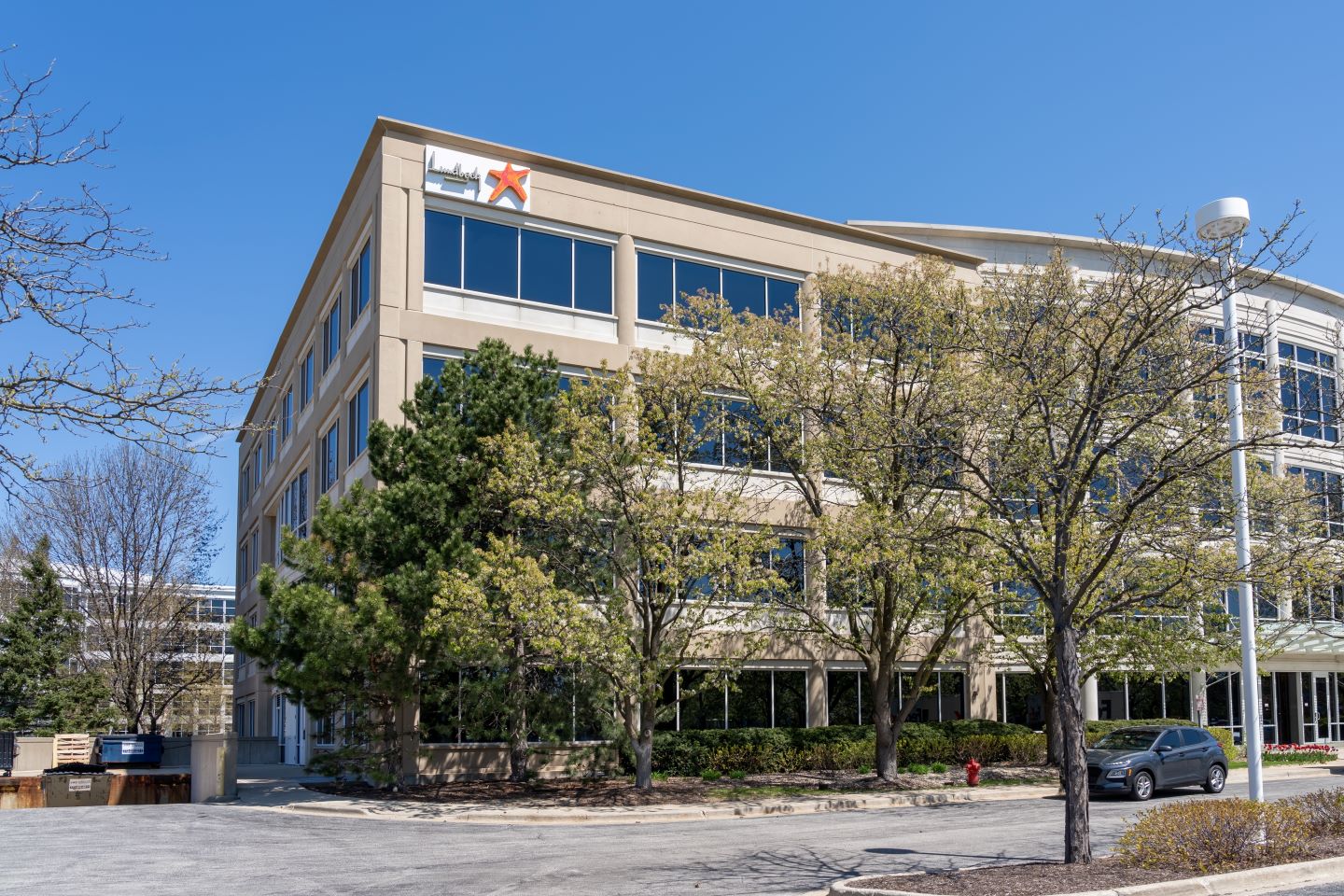On 9 April, at the American Academy of Neurology (AAN) 2025 annual meeting, three posters highlighting the sustained long-term efficacy and real-world impact of Lundbeck’s anti-calcitonin gene-related peptide (CGRP) monoclonal antibody (mAb) Vyepti (eptinezumab) for migraine prevention were presented. Vyepti was approved by the FDA for the prevention of migraine in adults in 2020. As the last of the anti-CGRP mAbs to enter the migraine market, Vyepti has seen moderate uptake since its approval, with the majority of key opinion leaders (KOLs) previously interviewed by GlobalData indicating that one of the subcutaneously administered anti-CGRP mAbs would be their first choice, highlighting the intravenous administration of Vyepti as a logistical challenge. The posters show that early response to Vyepti can be predictive of sustained treatment response, as well as highlighting meaningful benefits of Vyepti treatment.
Post hoc analysis of the long-term, open-label Phase III PREVAIL (NCT02985398) study evaluating two-year safety and patient-reported outcomes with Vyepti in adults with chronic migraine was presented in a poster at AAN 2025. The analysis showed that the majority of the participants who achieved 50% or greater headache response or 75% or greater headache response in the first 12 weeks after receiving their first dose of Vyepti were able to maintain that level of response up to Week 84. Sustained treatment response was further demonstrated in another poster presenting post hoc analysis of data from the randomized, placebo-controlled Phase III DELIVER (NCT04418765) trial. In this study, patients had either chronic migraine or high-frequency episodic migraine, and they had failed to respond to two to four prior migraine preventive treatments. Up to 83% of patients who responded to Vyepti treatment within the first one to 24 weeks of the trial (i.e., having received the first two doses of Vyepti) were able to maintain that response over the 72-week trial. These analyses highlight that early treatment response with Vyepti may be able to predict long-term sustained treatment response.
A third poster focused on patient-reported impact of Vyepti treatment in adults with chronic migraine. It presented a post hoc analysis of the impact of a 75% or greater increase in good days/month in patients treated with Vyepti from a real-world, observational, US-based study. Approximately two-thirds of the patients in the study reported a 75% or greater increase in good days/month, and this was correlated with higher satisfaction regarding the effects of Vyepti on migraine symptom severity, frequency, and duration; daily activities, such as being able to participate in social/family life, being productive, and ability to plan; and overall wellbeing when compared with patient with less than 75% increase in good days/month. Prior to treatment, the prevalence of brain fog was similar across the treatment response subgroups; however, following Vyepti treatment, 76.6% of the patients with a 75% or greater increase in good days/month reported moderate-to-complete
improvement in brain fog, compared with 42.3% of patients with less than 75% increase in good days/month. These results highlight the meaningful benefits that patients experience following Vyepti treatment and will help Lundbeck with its focus on ‘raising the bar around preventive treatment expectations in migraine.’
Historically, migraine prevention has been managed with a wide variety of drug classes, such as beta-adrenergic receptor blockers, calcium antagonists, antidepressants, and anti-epileptics. However, many of these oral preventive treatments have been associated with poor side-effect profiles, and KOLs previously interviewed by GlobalData reported that low efficacy of oral preventive treatment was common among patients, meaning that patients often cycle through the different drug classes of oral preventive treatments. The first preventive therapies developed specifically for the treatment of migraine were the anti-CGRP mAbs, followed by the oral gepants; however, they are typically prescribed as second- or third-line options for many patients due to reimbursement restrictions requiring failure with the oral preventives before they can be prescribed.
In the US, a 2024 statement was published by the American Headache Society recommending that the anti-CGRP mAbs and gepants should be used as first-line preventive options due to their superior efficacy and tolerability compared with the oral preventive options. Long-term sustained efficacy data and demonstration of meaningful benefit for patients, such as was presented for Vyepti at AAN 2025, are likely to further cement the case for first-line adoption of the anti-CGRP mAbs; however, given the comparative costs of the oral preventives and the mAbs, whether this recommendation will be implemented by insurance companies remains to be seen.

US Tariffs are shifting - will you react or anticipate?
Don’t let policy changes catch you off guard. Stay proactive with real-time data and expert analysis.
By GlobalDataVyepti faces significant competition from three other anti-CGRP mAbs: Amgen’s Aimovig (erenumab), Eli Lilly’s Emgality (galcanezumab), and Teva’s Ajovy (fremanezumab). Additional competition also comes from two orally administered gepants: Pfizer’s Nurtec (rimegepant) and AbbVie’s Qulipta (atogepant). KOLs agreed that the CGRP mAbs had similar efficacy profiles, with treatment choice often based on side effects, dosing schedule, or patient preference. As the only intravenously administered mAb, Vyepti may be at a disadvantage among patients who prefer to self-administer one of the other mAbs, and therefore highlighting the long-term efficacy, particularly with a focus on some of the patient-reported meaningful benefits, will be crucial in helping Vyepti to remain competitive in the migraine prevention market.





